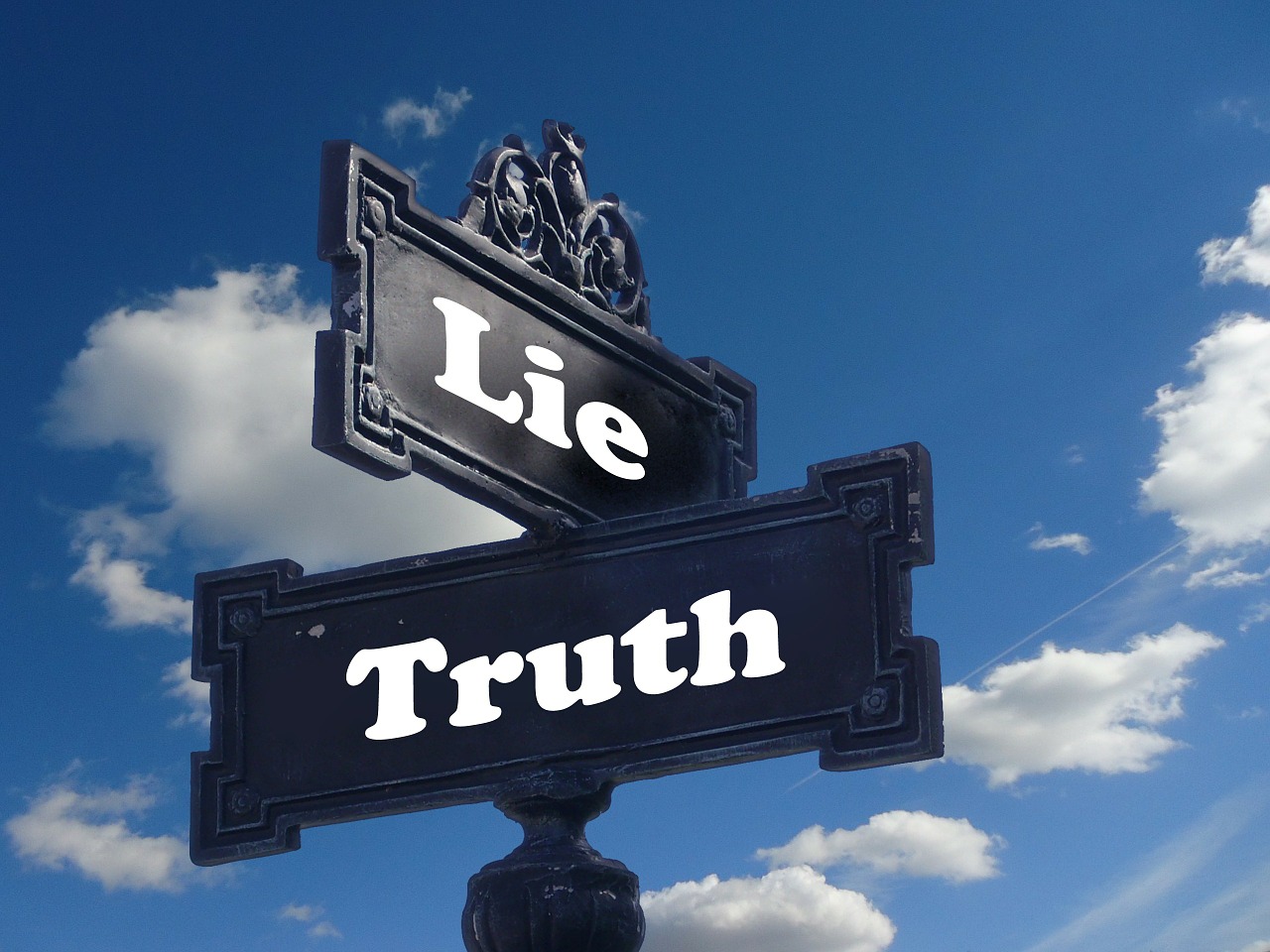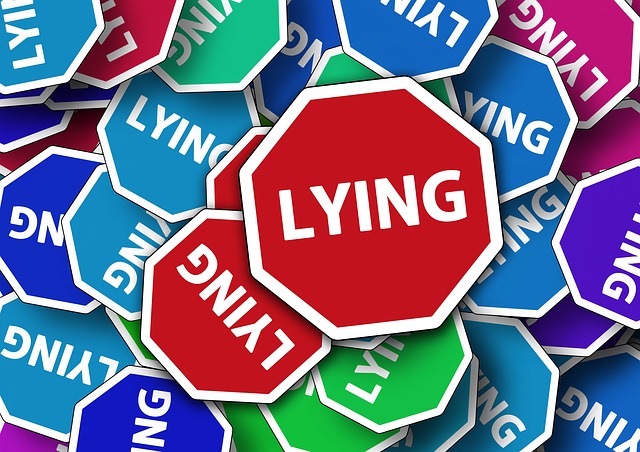 In a previous blog, we discussed the latest scientific understanding about behavioral indicators of deception.
In a previous blog, we discussed the latest scientific understanding about behavioral indicators of deception.
As explained in that blog and the underlying article on which the blog was based, scientific research in the past two decades has made substantial advances in validating a set of behavioral indicators of veracity and deception.
This work was notable because there have been previous claims questioning the validity of nonverbal behavior to do so, most of which were based on a meta-analysis of studies on deception cues published in 2003.
The recent scientific article reviewed that meta-analysis, and the research conducted in the twenty years since, to re-characterize the state of the field more precisely.
Deception Leakage Across Multiple Channels
As the recent blog summarized, behavioral indicators to deception do exist and they occur in leakage across multiple channels of nonverbal behavior.
Thus, instead of looking for single cues of deception, noticing multiple, validated clues of deception in clusters of specific behaviors is likely more beneficial to spot potential deception.
Also, a point that is often missed in the discussion about behavioral cues to deception concerns the fact that some of those same nonverbal behaviors are important signs of other mental states – both emotions and cognitions.
Although disputes previously existed about whether deception cues exist, there is little debate about the fact that nonverbal behaviors signal specific emotions and cognitions.
These cues also aid interviewers in obtaining many different insights into the subjects of their interviews, much beyond deception. Knowing when a subject is happy or sad, excited or afraid, or has hidden thoughts of hostility should allow interviewers to obtain additional insights about their interviewees, making their interviews more accurate and efficient.
In this blog I’d like to go beyond the message in the previous blog and discuss what to do once you observe such behavioral indicators in the interview.
Behavioral Indicators, not Determinants
Let’s first start with this idea: behavioral indicators of deception are exactly that – indicators and not determinants. They indicate that something else is going on in the minds of the speakers above and beyond the words that are spoken.
When they occur, yes – some thought or feeling is “hidden” from view, and thus deceptive. But, whether that “something else” is deceptive about the topic you’re interested in or not is an open question.
After all, people have lots of things in their minds and verbalize only a portion of their mental contents, and people can choose not to be open about a topic for many reasons.
For example, if a person were asked about what they did since waking up, they might be deceptive about some details about their morning toilet routine.
- They may be too embarrassed to give all specific details.
- They make think you don’t want to know everything.
- They may think you don’t need to know everything.
- Or they don’t want you to know something.
It’s only that last one – they don’t want you to know something– that is the meaningful deception that we want to uncover. But one might observe behavioral indicators for each of these possibilities.
Thus, behavioral indicators of deception help us to suspect deception but should not be considered determinants of deception.
That is, one should not conclude that a person is being deceptive solely because they produced a behavior that has been empirically linked to deception. There’s no “aha!” or “gotcha!”
Further Discussion and Probing
Instead, my interpretation of behavioral indicators is that, when they occur, they open the possibility for further discussion and probing about that topic, sentence, or word.
By the way, this is true for the so-called cognitive or linguistic indicators of deception as well.
Inconsistent or irrelevant statements and illogical narratives may be deception indicators, but the seasoned interviewer or interrogator would not necessarily draw conclusions or make determinations of deception solely based on such observations.
Instead, those cognitive and linguistic indicators, like behavioral indicators, invite further discussion and dialogue.
Multiple Indicators are Better

And, as mentioned in the previous blog, multiple indicators are better. Sure, sometimes meaningful deception occurs with a single indicator.
But when multiple validated indicators are observed – whether behavioral, cognitive, linguistic, or better yet a combination of these (which is what we teach in our courses), that cluster of validated indicators will generally be more indicative of something meaningful being hidden.
At the same time, we can’t get distracted by unvalidated or non-validated indicators. The internet is replete with so many of these.
Non-validated indicators are those that have been tested scientifically but have not been found to be associated with deception.
The classic example of a non-validated indicator is the lack of eye contact. This is a myth that is believed by many people around the world; yet scientific research has tested this behavior and has not provided support for it.
Likewise, unvalidated behaviors are those that have never been formally tested in research. Don’t be distracted by either of these.
What to do once possible deception indicators occur?
 One simple suggestion is to ask more questions about the specific statement, topic, or word on which the deception indicators – cognitive, linguistic, or behavioral – were observed. And then ask more questions and detail about the responses provided.
One simple suggestion is to ask more questions about the specific statement, topic, or word on which the deception indicators – cognitive, linguistic, or behavioral – were observed. And then ask more questions and detail about the responses provided.
When there’s multiple topics, statements, or words on which deception indictors were observed, then ask more questions about each one.
Interviewers may want to consider prioritizing which topics, statements, or words to probe depending on the goals of the interview, which each interviewer should know before starting the interview.
Only after sufficiently exhausting this process and considering all other sources of evidence that one may have would the astute interviewer draw conclusions from the interview.
In my experience, one of two things will happen. Probing the indicators will lead to either a resolution of the issue or the uncovering of something meaningful that the subject has been deceptive about.
Seeing a flash of fear in a passenger in an airport checkpoint queue may lead to a discussion in which the passenger was worried about whether she turned off the lights on her car in the parking garage (resolution) or was carrying contraband (deception).
Conclusion
In my opinion, therefore, observing behavioral indicators allow keen interviewers to home in on possible statements, topics, and specific words on which to have extended dialogues in the effort to uncover ground truth.
Leveraging behavioral and other indicators of deception, and veracity, and other mental states in an interview is half the battle; the other half is knowing where to go and crafting good questions.
By engaging in this kind of systematic process, interviewers can leverage behavioral indicators to work systematically to find ground truth in every interview.
The post Detecting Deception or Suspecting Deception? first appeared on Humintell | Master the Art of Reading Body Language.
 A Message for Professional Interviewers, Investigators, Therapists, and Negotiators
A Message for Professional Interviewers, Investigators, Therapists, and Negotiators
 What are some myths about deception? What are good deception detection techniques? How can auditors build more trust?
What are some myths about deception? What are good deception detection techniques? How can auditors build more trust?